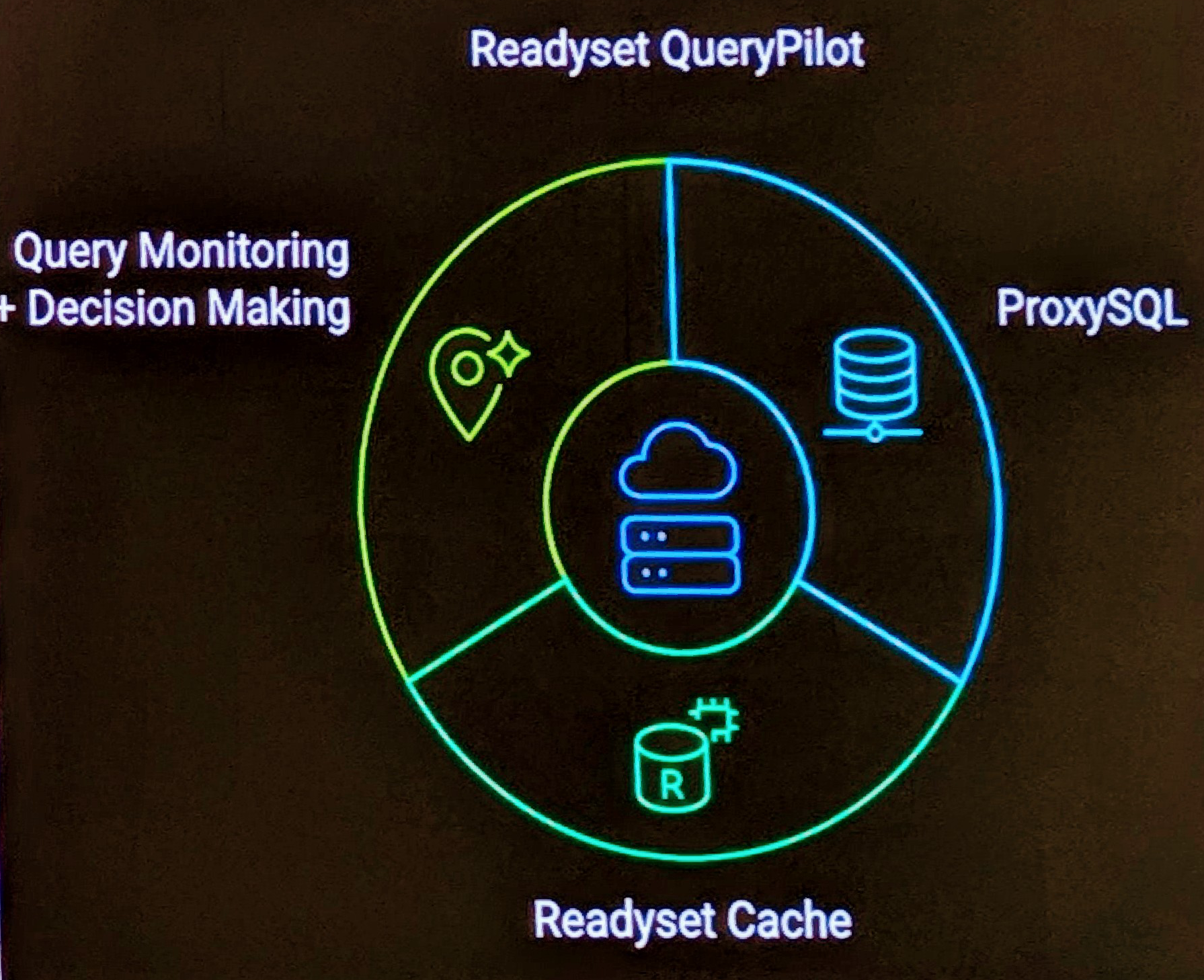While working for a client, I had need to produce canned results of certain different criteria, recording the result in a table for later usage, and keep the position within each result.
Knowing no way to do this via a single INSERT INTO … SELECT statement, I reverted to using a MySQL Stored Procedure. For example, using a sample I_S query and the following snippet:
...
DECLARE list CURSOR FOR SELECT select table_name from information_schema.tables where table_schema='INFORMATION_SCHEMA';
DECLARE CONTINUE HANDLER FOR SQLSTATE '02000' SET done=TRUE;
OPEN list;
SET result_position = 1;
SET done = FALSE;
lab: LOOP
FETCH list INTO table_name;
IF done THEN
CLOSE list;
LEAVE lab;
END IF;
INSERT INTO summary_table(val,pos) VALUES (table_name,result_position);
SET result_position = result_position + 1;
END LOOP;
However, in reviewing with another colleague after writing some 10+ different queries and SP loops, I realized that it is possible to record the position of each row in a result set using session variables, negating the need for all that code.
SET @rowcount = 0; SELECT table_name, @rowcount := @rowcount + 1 FROM information_schema.tables WHERE table_schema = 'INFORMATION_SCHEMA'; +---------------------------------------+----------------------------+ | table_name | @rowcount := @rowcount + 1 | +---------------------------------------+----------------------------+ | CHARACTER_SETS | 1 | | COLLATIONS | 2 | | COLLATION_CHARACTER_SET_APPLICABILITY | 3 | | COLUMNS | 4 | | COLUMN_PRIVILEGES | 5 | | ENGINES | 6 | | EVENTS | 7 | | FILES | 8 | | GLOBAL_STATUS | 9 | | GLOBAL_VARIABLES | 10 | | KEY_COLUMN_USAGE | 11 | | PARTITIONS | 12 | | PLUGINS | 13 | | PROCESSLIST | 14 | | PROFILING | 15 | | REFERENTIAL_CONSTRAINTS | 16 | | ROUTINES | 17 | | SCHEMATA | 18 | | SCHEMA_PRIVILEGES | 19 | | SESSION_STATUS | 20 | | SESSION_VARIABLES | 21 | | STATISTICS | 22 | | TABLES | 23 | | TABLE_CONSTRAINTS | 24 | | TABLE_PRIVILEGES | 25 | | TRIGGERS | 26 | | USER_PRIVILEGES | 27 | | VIEWS | 28 | +---------------------------------------+----------------------------+ 28 rows in set (0.01 sec)
Of course you need the all important SET before each query, if not specified however, the subsequent query does not result in an error, just NULL.
So all I needed was:
INSERT INTO summary_table(val,pos) SELECT table_name, @rowcount := @rowcount + 1 FROM information_schema.tables WHERE table_schema = 'INFORMATION_SCHEMA';
A simple and trivial solution.
DISCLAIMER:
How this performs under load, and how it is supported in different and future versions of MySQL is not determined.


